We work with early years settings, schools, families and partner agencies to support children and young people with special educational needs and disabilities (SEND) providing high quality specialist teaching, advice and support.
Communication, Interaction, Physical and Sensory Advisory Service's (CIPS) aim is to raise standards, aspirations and expectations, enable full access to the curriculum and inclusion within the setting allowing us to improve your child's educational, social, emotional and physical outcomes.
We support children/young people with
- Autism
- Specific language and communication needs
- Complex medical conditions
- Hearing and vision and physical needs.
Our vision is for the CIPS Advisory Service to overcome barriers and improve access to learning by providing high quality specialist teaching, advice and support for children, young people and their settings in preparation for adulthood.
The CIPS Advisory Service is made up of two service areas offering a variety of support:
Communication and Interaction
Supporting children with speech and language, autism or social communication needs and their education settings
Physical and Sensory
Supporting children (and settings) with a physical disability, deafness and hearing loss and vision impairment. Our aim is to enable all pupils with physical impairments and/or medical conditions to access their educational environment alongside their peers.
Recruitment to the service
Recruitment to this new CIPS service is advancing successfully, and we expect to have a complete team in place by the Spring Term.
Meanwhile, we ask for your understanding as there may be some delays in addressing enquiries whilst we get to full staffing levels. We appreciate your patience during the implementation phase of the new service.
What is the age range of children that each service works with?
Communication and Interaction
- Education and Communication Help through Outreach (ECHO) – Primary
- Speech and Language Centre (SLC) – Reception to Key Stage 1
- Autism and Social Communication (ASC) – Reception to year 11
Physical and Sensory
- Physical Disability - Reception to year 11
- Outreach for Deaf Children and Young People – birth to 25 where young people remain in further education
- Primary Resource Base for Deaf Children and Young People Nursery to year 6
- Primary Resource Base for Deaf Children and Young People Year 7-11
- Vision Impairment - birth to 25 where young people remain in further education
Why do only some services support pre-school children?
Pre-school children are supported by the Integrated Early Years Service (IEYS) and where ongoing support is required there will be a handover to CIPS during the Reception year.
However, if the child has a hearing or vision impairment there is a requirement for support from a Qualified Teacher of Deaf Children and Young People or a Qualified Teacher of Vision Impairment and therefore the service is likely to be involved from the point of diagnosis.
CIPS Support Pathway
Referrals to the CIPS service are through a single point of access and are triaged and acknowledged.
It may be that the referrer is given signposting and advice, however it may also be determined that a specialist service may be required.
We aim to contact the referrer within 5 working days.
How do I make a request for support?
Parent carers, education settings and health professionals can make a request for support to CIPS by:
- Email: CIPS@dudley.gov.uk
- Telephone: 01384 816974
You will then be sent a request for support form to complete.
- Please Note: Referrals for the Speech and Language Centre can only be made by highly specialised speech and language therapists
Background
The Communication, Interaction, Physical and Sensory Advisory Service (CIPS) is a new service starting from Autumn Term 2024.
In December 2023, a stakeholder working group initiated work to ensure co-production in shaping the future service delivery requirements and the redesign of the Specialist Inclusion Services.
The new service's ethos is to provide:
- Efficient and effective specialist advice to settings to assist in identifying and supporting a child or young person's needs.
- Alignment with the two areas of need (communication and interaction/ physical & sensory within the SEND Code of Practice and consistency of process
- Resource and staffing allocation based on demand. Owing to the varying types of need, the number of children, and the specialist support required, the service will adopt different emphases of response within our graduated model.
For instance, the Physical and Sensory Team requires increased capacity at the specialist level, while the Communication and Interaction Team will offer more support to schools at the universal level. This has been incorporated into the new structure.
This new service replaces the previous Specialist Inclusion Services.
